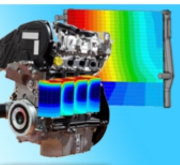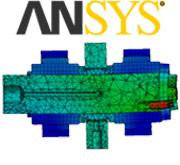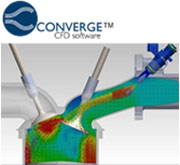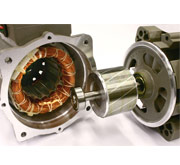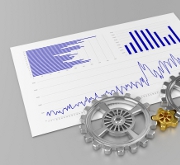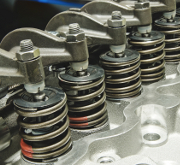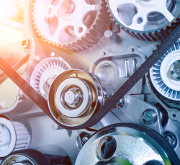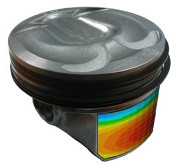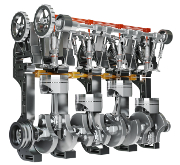Conventional, Hybrid and Electric – Modular approach
The PTL analysis group has extensive experience in the simulation of vehicle performance and fuel economy, performed either using in house software or the commercial program Gt-Suite.
In the analysis all key component properties like efficiencies, tire radius, grade, curvature, road & environment can be accounted for together their evolution during simulation if required.
Our modular approach allows the simulation of all vehicle sizes and architectures (car, truck, motorcycle, bycicle), using swappable modelling blocks. The merits of alternative transmission setups can be evaluated and ranked, being manual, automatic, dual clutch or infinitely variable.
Key inputs for the analysis are the map of engine fuel consumption versus engine speed and load as well as the transmission efficiency in the various gears. Depending on the project needs PTL can generate these maps by either simulation, often using fast running models, or by suitably modifying maps from our database of test data.
As an alternatively and when dictated by the need for more in depth analysis of interactions or transient operation, a fully featured or fast running GT-Power engine model can be run coupled with the vehicle model over the drive cycle.
Typical uses for this type of vehicle driving simulation include:
- Sizing of engine capacity to achieve the required performance and fuel economy targets
- Ranking of fuel economy potentials of candidate vehicle, engine and transmission technological improvements
- Accounting for energy loss from individual systems and components
- Gear ratios and shifting strategy optimisation for driveability, performance or fuel economy
- Scheduling of operating modes of Hybrid and electric vehicles operation
Scheduling of operating modes of Hybrid vehicle, where the timings and amount of stored energy to use, as opposed to relying on the internal combustion engine, need to be optimized over a drive cycle to achieve best fuel economy. PTL have developed a fast solving optimisation algorithm, for this class of problems, capable of identifying the optimal mode switching strategy and determining the maximum potential of each powertrain/vehicle configuration.

